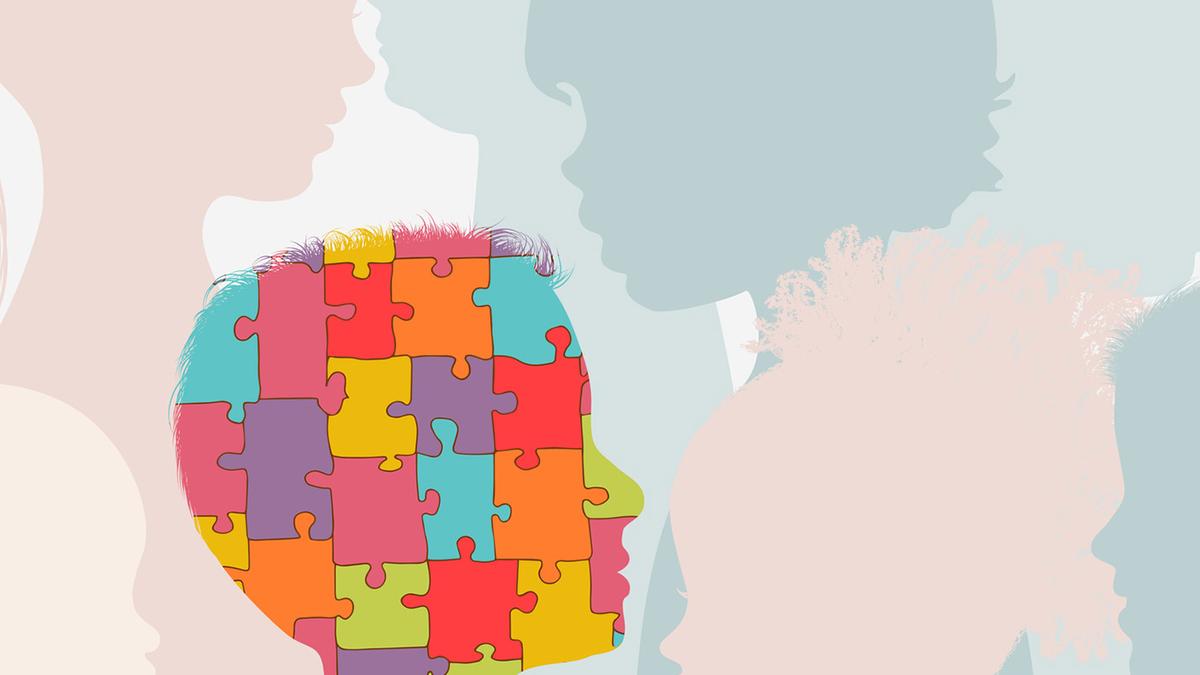
Aligning climate justice with disability justice Premium
The Hindu
Several of the guidelines that are being suggested today by different governmental and non-governmental agencies for sustainable living come from a very ableist point of view and do not represent the disabled adequately, says Merry Barua at a talk held by ATREE in Bengaluru
It was in October, 2022, that Prime Minister Narendra Modi launched Mission LiFE (abbreviation for Lifestyle for Environment), a campaign that nudges individual and community action to protect environment.
The campaign gives out a bunch of action points based on behavioural changes such as taking the stairs instead of an elevator, use of bicycles, reduction of e-waste, dietary changes like consumption of millets and nutri-cereals, and so on.
While it may look doable at the face of it and there is consensus that climate adaptation needs concerted action from all quarters including governments, corporates, communities and individuals, many a times, such guidelines come from a very ableist point of view causing a rift between environmental justice and disability justice, point out experts.
“Some of these guidelines are not only very ableist, but also very upper class,” remarks Merry Barua, founder and director at Action-for-Autism (AFA). She was speaking at the ‘Intersectionality Series’ Talk conducted by Ashoka Trust for Research in Ecology and the Environment (ATREE) on ‘Climate Action on the Spectrum.’ Barua was in conversation with multi-disciplinary practitioner Dilip Kumar Mekala.
Typically, autism has been looked at from a very deficit-based and medical understanding which sees autistic people as those who can’t communicate or socialise and are very rigid in their ways, notes Barua.
The concept of neurodiversity, on the other hand, addresses it differently and acknowledges the multiple ways in which different people’s brain works.
Neurotypical refers to the people whose brains function similarly to most others and hence is the majority.

The girl, who was admitted to Aster CMI Hospital with alarming breathlessness and significant pallor, was diagnosed with Wegener’s Granulomatosis (now known as Granulomatosis with Polyangiitis or GPA), a rare autoimmune condition that causes spontaneous bleeding in the lungs, leading to acute respiratory failure.

ACB files case against IPS officer N. Sanjay in Andhra Pradesh. The official is accused of manipulating the tender processes for awarding contract for development and maintenance of AGNI-NOC portal, and conducting awareness meetings for SC/STs. It is alleged that the total value of properties stolen, or involved in the case is estimated at ₹1,75,86,600.









